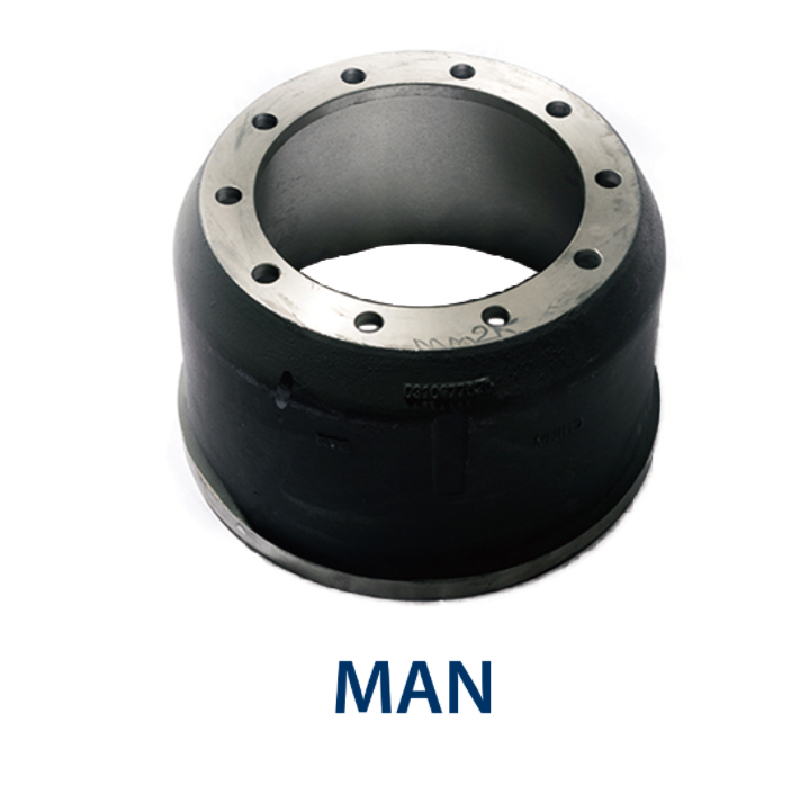Dec . 04, 2024 18:17 Back to list
how does a brake drum work
How Does a Brake Drum Work?
Brake systems are vital components of any vehicle, ensuring safety and control while driving. Among the various systems employed in vehicles, the brake drum system, also known as drum brakes, plays a crucial role in decelerating vehicles. Understanding how a brake drum works can shed light on its function and importance in automotive safety.
What is a Brake Drum?
A brake drum is a cylindrical component typically made of cast iron or aluminum. It is part of the drum brake system, which is commonly used in older vehicles and some modern designs, particularly on the rear wheels. The brake drum works in conjunction with the brake shoes, which are lined with friction material. When the vehicle's driver applies the brakes, the brake shoes press against the inner surface of the rotating drum, leading to the desired slowing or stopping of the vehicle.
The Mechanics of Brake Drums
When the driver presses the brake pedal, the force is transmitted through the brake system via hydraulic fluid. This hydraulic pressure activates the brake wheel cylinders, which push the brake shoes outward against the inner surface of the brake drum. The friction generated between the shoes and the drum slows down the rotation of the wheel.
This action can be broken down into a few key steps
1. Pedal Application The driver pushes the brake pedal, generating hydraulic pressure in the brake lines. 2. Activation of Wheel Cylinders The hydraulic pressure forces fluid into the wheel cylinders located at each brake drum. Each wheel cylinder contains a piston that moves outward when pressure is applied.
3. Expansion of Brake Shoes As the pistons move outward, they push the brake shoes against the inside of the brake drum. This process is often referred to as self-energizing because as the brake shoes make contact with the drum, the rotation of the drum actually helps to press the shoes harder against its surface, increasing braking efficiency.
how does a brake drum work

4. Friction Generation The contact between the brake shoes and drum produces friction, which converts kinetic energy into thermal energy, slowing the vehicle down. The amount of friction generated is dependent on the condition and quality of the brake shoes and drum, as well as the applied hydraulic pressure.
5. Release of Brakes When the driver releases the brake pedal, the hydraulic pressure diminishes, allowing springs in the brake assembly to retract the brake shoes away from the drum, thereby allowing the wheels to rotate freely again.
Advantages and Disadvantages of Brake Drums
While brake drums serve their purpose effectively, they come with a mixture of advantages and disadvantages.
Advantages - Cost-Effectiveness Brake drums are generally less expensive to manufacture compared to disc brakes, which makes them a popular choice in budget vehicles. - Simplicity The drum brake system is simpler in design, which can lead to easier installation and maintenance in some cases. - Self-Adjusting Features Many drum brakes have mechanisms that adjust the brake shoes automatically, ensuring consistent performance over time.
Disadvantages - Performance Limitations Drum brakes can overheat during heavy use, leading to brake fade. They are less effective than disc brakes when it comes to dissipating heat. - Weight Drum brakes are typically heavier than disc brakes, which can impact overall vehicle performance. - Maintenance Needs Drum brakes can be more susceptible to accumulating debris and moisture, which can affect performance and may require more frequent maintenance.
Conclusion
In conclusion, the brake drum is an essential component of the braking system in many vehicles, utilizing the principles of friction and hydraulics to ensure efficient deceleration. Despite being overshadowed by disc brake systems in modern vehicles, brake drums continue to play a critical role, particularly in certain applications. Understanding their mechanics not only helps in maintaining these systems but also underscores the importance of regular inspections and prompt replacement of worn components to guarantee safe driving conditions. Whether driving a classic car or a modern vehicle, appreciating the function of brake drums enhances overall awareness of automotive safety.
-
Scania Brake Drums: OEM Quality for Optimal Safety & Durability
NewsAug.16,2025
-
R.V.I: Advanced Remote Visual Inspection for Precision
NewsAug.15,2025
-
Discover HYUNDA: Innovative Vehicles, Equipment & Solutions
NewsAug.14,2025
-
R.V.I: Unlock Advanced Insights & Real-time Performance
NewsAug.13,2025
-
Kamaz Brake Drum: Durable & Reliable for Heavy Duty Trucks
NewsAug.12,2025
-
Heavy Duty Iveco Brake Drum - Premium Quality & Safety
NewsAug.11,2025
